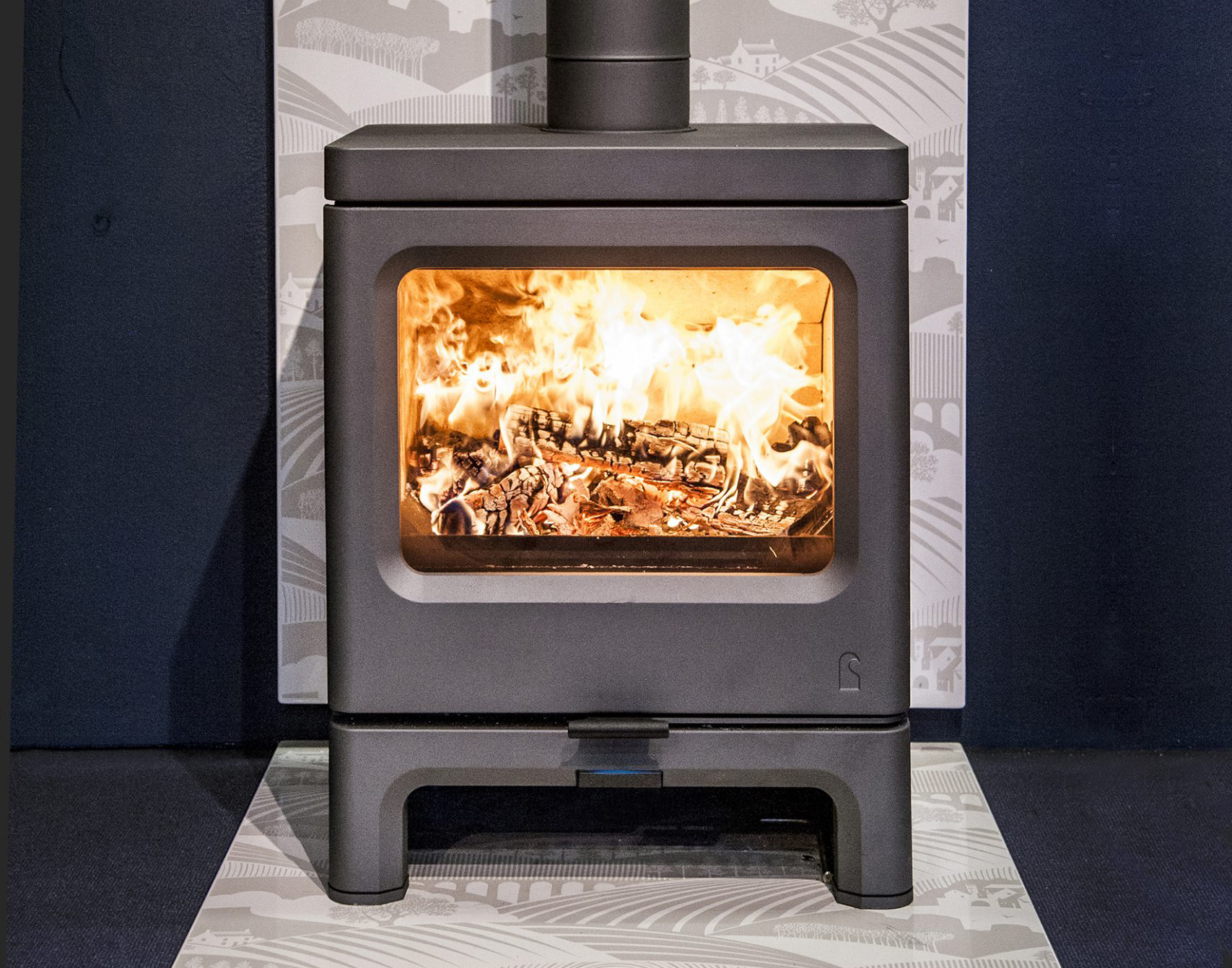With the colder, darker months fast approaching, autumn is well and truly upon us.
And, with chunky knits, boots and jumpers already making an appearance, many people are thinking about how they’ll keep their homes warm and snug during the winter months.
Over recent years, wood burners have increased in popularity, with many people considering them to be an effective way to heat their homes for less during the ongoing energy crisis.
However, it’s important to remember that not all types of fuel are suitable for use in a wood burner. In fact, using the incorrect wood can increase maintenance costs, deliver poor stove performance, and even prove to be dangerous.
Types of wood to avoid
Within this guide, we’ll take a look at the types of wood you should avoid or burn with caution when using your wood burning stove.
Old pallets and treated timber
However tempting it may seem avoid burning pallets and treated timber. Paint, varnishes and oils can give off harmful emissions and can damage your stove and chimney.
Pine
Because pine has a high resin content, it is not considered the best wood to burn on a log burner. It burns quickly and the resin can seep out and clog up different parts of the stove system, which can lead to a whole host of operational problems. If you do choose to burn pine ensure it is well seasoned.
Larch
Much like Pine, Larch contains high levels of resin, which forms sticky deposits inside of the stove and flue.
Poplar
Poplar doesn’t burn for long periods of time and, when it does burn it can be smoky. As a result, it isn’t a good choice for a wood burner.
Laburnum
Laburnum is poisonous when used as firewood so should not be used as fuel for a log burner.
Alder
Alder produces a relatively low heat output, and is renowned for popping and sparking as it burns. This type of wood burns quickly but produces very little heat.
Chestnut
Most varieties of chestnut are okay to burn on a log burner, however, you should be aware that they tend to spit and spark, meaning many people are reluctant to use them.
Cypress
Cypress isn’t ideal as your main firewood source as it provides a low heat output and doesn’t produce very good coals.
Spruce
Spruce produces little heat making it an ineffective fuel for a log-burning stove.
Willow
Firewood should contain a moisture content of below 20%. Willow tends to grow in wet soils or beside water bodies, giving it a high moisture content so if you choose to burn it ensure it is dry and well seasoned.
Learn more about the different types of firewood.
What wood can I burn on a log burner?
Although there are many types of wood that shouldn’t be used on a wood burner, there are also many that you can use for fuel, including:
Hardwood firewood
Hardwoods, including ash, birch, maple, oak, and the majority of fruit trees, are some of the best fuels for wood burning stoves due to the fact that they can burn for long periods of time while generating plenty of heat. Hardwood is also cleaner to handle than other types of wood.
Softwood firewood
Some softwoods tend to be cheaper than hardwoods and can also be used in your wood burning stove.
Explore the best firewood to burn in the UK.
Why choose us?
Founded in 1972, we are a privately owned, family-controlled, British company specialising in the design and manufacture of high-quality wood burning and multi-fuel stoves. Our team are committed to providing the highest quality stoves, at the best possible price.
We also have a firm focus on protecting the environment and ensuring our operations are sustainable and responsible.
We operate a policy of caring for the environment in all aspects of the business; from the products we design, to the way we package them, to the way we transport them, to the way we deal with the disposal of waste products, to the vehicles we use, to our choice of raw materials.
Get in touch now
If you have any questions about our wood burning stoves, please get in touch with a member of our team today.

